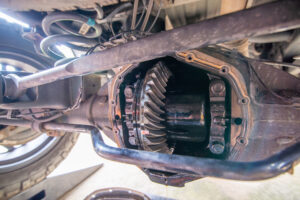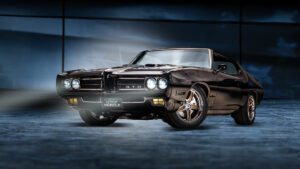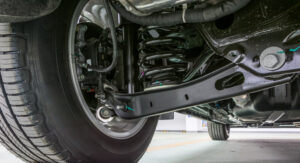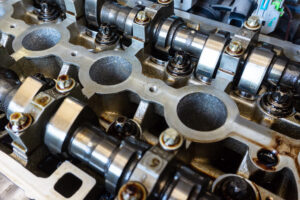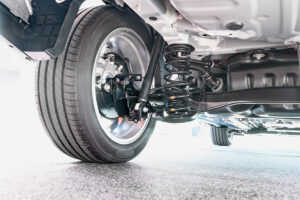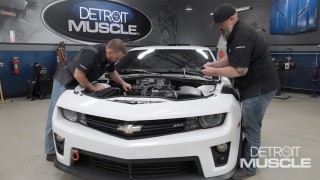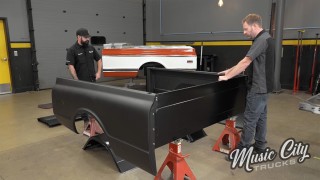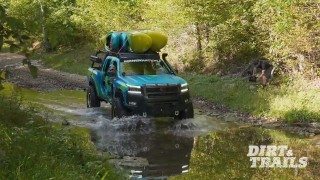No Weak Links: The Best Rear Differentials for High-Horsepower Builds
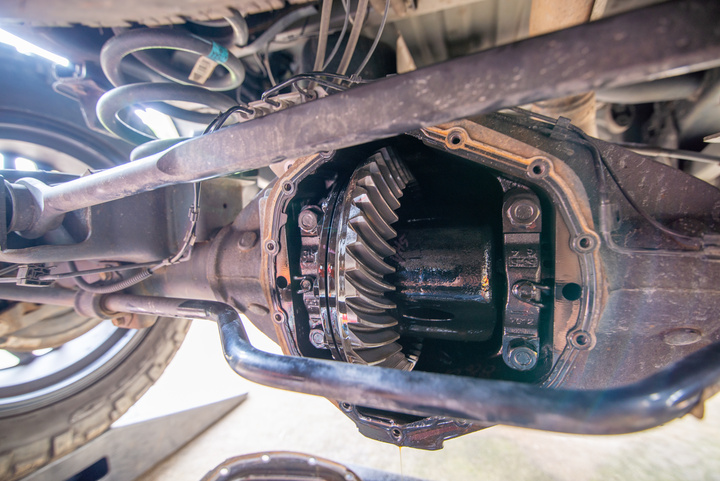
If you’re building a high-horsepower street machine, track car, or off-road bruiser pushing over 500 horsepower, you already know that your drivetrain is only as strong as its weakest link. One of the most overlooked—yet critical—components in that equation is the rear differential. Get it wrong, and you’ll be picking up pieces after a hard launch or aggressive downshift. Get it right, and you’ll enjoy years of hard launches, burnouts, and throttle-happy abuse without a hiccup.
So, what’s the best rear differential for durability in the 500+ horsepower club? Let’s break it down!
Table of Contents
Why the Rear Differential Matters
The rear differential is responsible for transferring torque from the driveshaft to the wheels while allowing them to rotate at different speeds. It’s especially important during cornering and traction events. In high-horsepower applications, the stress placed on the differential increases significantly. Stock units—especially open diffs or weak limited-slips—often can’t keep up, leading to failures under load. That’s where heavy-duty and aftermarket options shine.
The Ford 9-Inch: The King of Strength
If there’s a top dog in the rear differential world, it’s the legendary Ford 9-inch. Found in everything from drag cars to rock crawlers, this third-member-style rear end is practically bulletproof when built right. The design allows for easy gear swaps and servicing, and the aftermarket support is massive. You can buy a complete crate axle with your choice of gear ratio, limited-slip or spool, and beefed-up axles ready to drop into just about any build.
The 9-inch’s 3.25-inch diameter carrier bearings and large pinion stem give it a durability edge, making it ideal for high-horsepower setups. Plus, with options like nodular iron housings, 35-spline axles, and upgraded posi or locker units, it’s a favorite for racers and street freaks alike.
Dana 60: Heavy-Duty Heritage
If your build leans more toward off-road, pro-touring, or extreme torque situations, the Dana 60 rear end is another proven warrior. Originally developed for heavy-duty truck use, it features massive 35-spline axles and a beefy ring and pinion design. It’s overkill for most street cars—but in a good way. If you’re hammering on sticky tires at the track or spinning big meats in a lifted rig, the Dana 60 will take the abuse without blinking.
There are modern versions available with disc brakes, selectable lockers like the ARB Air Locker, and gear ratios tailored to everything from drag racing to crawling over boulders.
GM 12-Bolt and Upgraded 10-Bolt
For GM fans, a properly built 12-bolt rear is a solid contender. While not quite as indestructible as a 9-inch, it’s lighter and still plenty strong for most high-performance builds, especially if you throw in some 33-spline axles and a solid limited-slip like the Eaton Truetrac or a locker. If you’re starting with a 10-bolt, upgrades are necessary for anything over 500 hp—think heavy-duty axles, girdles, and a new carrier.
Limited-Slip vs Locker
When choosing your differential setup, you’ll also need to decide between a limited-slip differential (LSD) and a locker. LSDs like the Eaton Truetrac or Torsen-style units are great for street and corner-carving builds. They engage smoothly and provide predictable traction. Lockers, on the other hand, are ideal for drag and off-road applications where both wheels need to spin together under extreme conditions—though they can be noisy and less street-friendly.
Final Thoughts
If you’re aiming to build a street or race car with over 500 horsepower, cutting corners on your rear differential just isn’t an option. The Ford 9-inch takes the crown for all-around performance, ease of service, and aftermarket support. But depending on your specific application—be it a torque-happy off-road beast, a straight-line dominator, or a street-savvy corner carver—there’s a durable rear-end solution that’ll take the abuse and keep the power planted.
Just remember: all that horsepower is useless if it doesn’t make it to the pavement. Pick the right rear, gear it smart, and let it rip.
